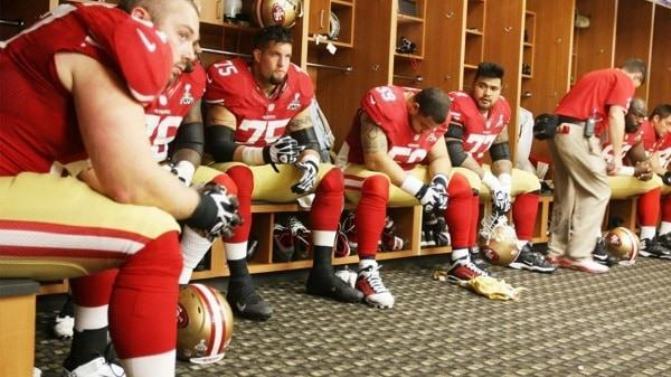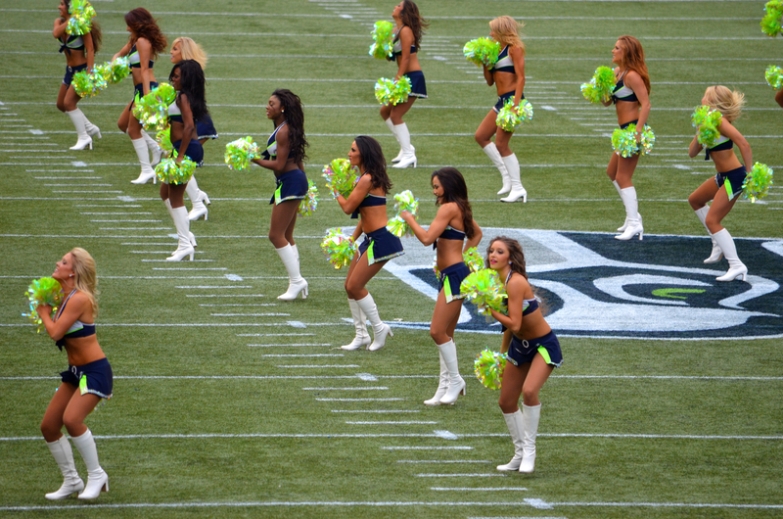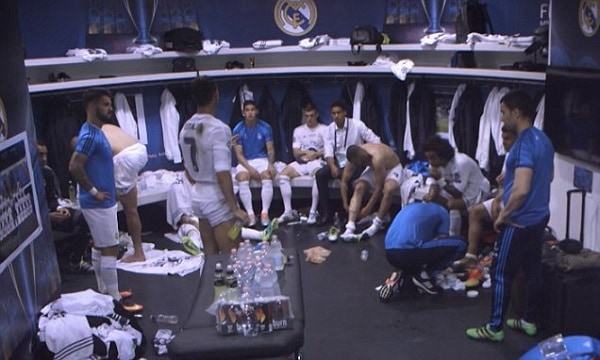How long is halftime in football? This crucial intermission, present in every football game, allows players to regroup and strategize, while spectators reflect on the action so far. But how long is halftime in football? The answer varies depending on the level of play. Let’s explore the duration of halftime, its importance, and the intriguing differences across professional, college, and high school football games.
The Standard Halftime Duration: A Universal Constant?
When we think about halftime in football, a specific duration often comes to mind. But is this duration universal across all levels of play? Let’s break it down:
How long is halftime in Football: The 15-Minute Mark
In professional football, including the NFL (National Football League), the halftime break is standardized at 15 minutes. This quarter-hour respite serves multiple purposes:
- Player rest and recovery
- Strategy adjustments by coaching staff
- Field maintenance
- Entertainment for spectators
But why 15 minutes? This duration strikes a balance between giving players enough time to recuperate and maintaining the game’s momentum for fans.
College Football: A Slightly Extended Break
Interestingly, college football takes a different approach. In NCAA (National Collegiate Athletic Association) games, halftime typically lasts 20 minutes. This extended break allows for:
- More elaborate halftime shows
- Additional time for student-athletes to recover
- Longer strategy sessions for less experienced players
High School Football: Keeping It Concise
At the high school level, we see yet another variation. Most high school football games feature a 10-minute halftime. This shorter duration reflects:
- The reduced physical demands on younger players
- Simpler halftime activities
- The need to keep games within a reasonable timeframe for students and families

The Evolution of Halftime Duration
The concept of halftime in football hasn’t always been as structured as it is today. Let’s take a journey through time to understand how this crucial break has evolved:
Early Days: Fluid and Informal
In the nascent stages of football, halftime was more of a casual break than a regulated interval. Duration varied widely, often determined by:
- Mutual agreement between teams
- Weather conditions
- Daylight availability (in pre-floodlight era)
Standardization Era: Setting the Clock
As football grew more organized, so did the approach to halftime. The following factors drove the shift towards standardization:
- Television broadcasting needs
- Fairness in competition
- Player welfare considerations
Modern Times: Balancing Tradition and Commercial Interests
Today’s halftime duration is a carefully calibrated compromise that balances traditional game flow with player needs.
- Traditional game flow
- Player needs
- Commercial opportunities
- Fan engagement

Beyond the Clock: What Happens During Halftime?
While we’ve established how long halftime lasts in various levels of football, it’s equally important to understand what transpires during this break. Let’s peek behind the curtain:
For Players: A Crucial Respite
Physical Recovery
During halftime, players engage in
- Hydration
- Light stretching
- Medical attention if needed
Mental Reset
The break also serves as a psychological breather, allowing players to:
- Shake off first-half mistakes
- Refocus on game strategy
- Receive motivational talks from coaches and team leaders
For Coaches: Strategic Overhaul
Halftime is a coach’s opportunity to:
- Analyze first-half performance
- Make tactical adjustments
- Address individual player roles
- Motivate the team for the second half
For Fans: Entertainment and Refreshment
Stadium-goers use halftime to:
- Enjoy halftime shows or performances
- Visit concession stands
- Use restroom facilities
- Discuss the game with fellow fans

The Halftime Show: More Than Just a Break
In many football games, especially at higher levels, halftime is synonymous with entertainment. Let’s explore this aspect:
NFL Halftime Shows: A Spectacle in Itself
The Super Bowl halftime show has become a cultural phenomenon, featuring:
- World-class musical performances
- Elaborate stage setups
- Millions of viewers worldwide
College Halftime: Celebrating School Spirit
College football halftimes often showcase:
- Marching band performances
- Cheerleading routines
- School-specific traditions
High School Halftime: Community Engagement
At the high school level, halftime might include:
- Local performances
- Student recognitions
- Community announcements
The Impact of Halftime on Game Outcome
Halftime isn’t just a break; it can be a game-changer. Let’s examine how this interval affects the course of a football game:
Momentum Shifts
A well-used halftime can:
- Break an opponent’s momentum
- Rejuvenate a struggling team
- Set the tone for a second-half comeback
Strategic Adjustments
Teams often emerge from halftime with:
- New play-calling strategies
- Defensive scheme changes
- Personnel adjustments
Physical and Mental Reset
The break allows players to:
- Recover from first-half fatigue
- Treat minor injuries
- Refocus mentally on the game plan
Halftime Variations in Other Football Codes
While we’ve focused primarily on American football, it’s worth noting how halftime differs in other football variants:
Soccer (Association Football)
- Standard 15-minute halftime
- Used for rest and tactical discussions
- Limited entertainment aspects compared to American football
Rugby
- Typically 10-12 minutes
- Focused on player recovery and strategy
- Less emphasis on spectator entertainment
Australian Rules Football
- 20-minute halftime
- Includes time for on-field warm-ups before second half
- Often features mini-games or competitions for spectators
The Future of Halftime in Football
As football continues to evolve, so might the concept of halftime. Let’s speculate on potential future trends:
Potential for Shorter Halftimes
Some argue for reducing halftime to:
- Maintain game flow
- Reduce overall game duration
- Keep viewers engaged in the age of short attention spans
Enhanced Entertainment Integration
We might see:
- More interactive halftime experiences for fans
- Integration of virtual or augmented reality elements
- Globally synchronized halftime events for major games
Player Welfare Considerations
Future halftimes could include:
- Advanced recovery technologies for players
- Real-time health monitoring and adjustments
- Personalized nutrition and hydration strategies
Maximizing the Halftime Experience
Whether you’re a player, coach, or fan, here are tips to make the most of halftime:
For Players
- Prioritize hydration and nutrition
- Engage in active recovery techniques
- Stay mentally focused on the game
For Coaches
- Prepare key points in advance
- Use visual aids for strategy discussions
- Tailor your message to the game situation
For Fans
- Plan your halftime activities
- Stay informed with halftime stats and analysis
- Engage with fellow fans to enhance the experience
Conclusion: The Pivotal Pause
Halftime in football is more than just a break; it’s a crucial component of the game that can influence outcomes, provide entertainment, and offer a moment of reflection amidst the excitement. From the standardized 15 minutes in professional games to the varied durations in college and high school football, halftime serves multiple purposes for players, coaches, and fans alike.
As we’ve explored, the length and utilization of halftime have evolved over the years, reflecting changes in the sport, media landscape, and fan expectations. Whether it’s used for strategic planning, physical recovery, or spectacular entertainment, halftime remains an integral part of the football experience.
Next time you watch a football game, pay attention to how teams and organizers use this valuable time. You might develop a fresh understanding of these crucial minutes that can significantly impact the football world.



